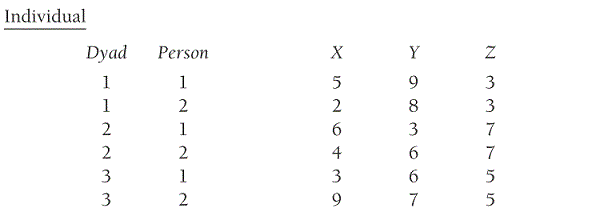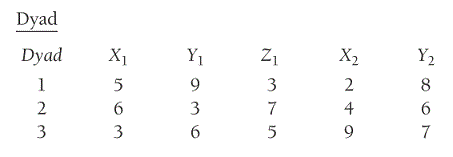« Restructurer un tableau de données dyadiques » : différence entre les versions
Aller à la navigation
Aller à la recherche
Aucun résumé des modifications |
Aucun résumé des modifications |
||
| Ligne 7 : | Ligne 7 : | ||
Individual structure : | Individual structure : | ||
[[File | [[File:Attachment-dyadic_individual_structure.gif|Individual structure]] | ||
Dyadic structure : | Dyadic structure : | ||
[[File: | [[File:Attachment-dyadic_individual_structure.gif|Individual structure]] | ||
[[Fichier:Dyadic structure.gif|Dyadic structure]] | |||
= <b>Code</b> = | = <b>Code</b> = | ||
Version du 16 novembre 2018 à 11:18
Restructure data table from individual to dyadic structure
This script requires python3+ and pandas library.
Install pandas with pip : python -m pip install –upgrade pandas in command prompt/terminal
Individual structure :
Dyadic structure :
Code
#!/usr/bin/env python
# -*- coding: utf-8 -*-
import os
import pandas as pd
Specify folder path
os.chdir('D:\\Google Drive\\1-These\\13-EATMINT2\\Analyses\\Questionnaires')
Specify .csv file name
df1 = pd.read_csv('questionnaire_raw_data_individual_structure.csv',sep=';')
Delete columns without data structure change needed
data = df1.drop(['Dyade','Sujet','Sexe','Condition'], axis = 1)
Put columns names in a list
variables = data.columns
Create a new data frame
new_data = pd.DataFrame()
For each column, get even values and put them in p1 (resp. odd values in p2). Give the same index to both p1 and p2. Add both renamed columns in the data frame
for i in variables:
p1 = data[i].iloc[::2]
p1.index = range(1,len(p1)+1)
p2 = data[i].iloc[1::2]
p2.index = range(1,len(p2)+1)
v = i
v1 = i + '_p1'
v2 = i + '_p2'
new_data[v1] = p1
new_data[v2] = p2
Export restructured data
new_data.to_csv('out.csv',sep=';')

